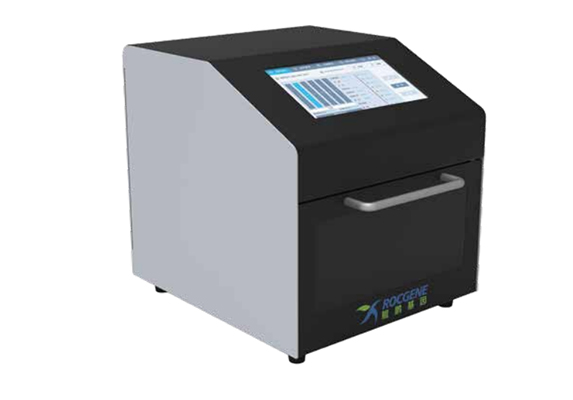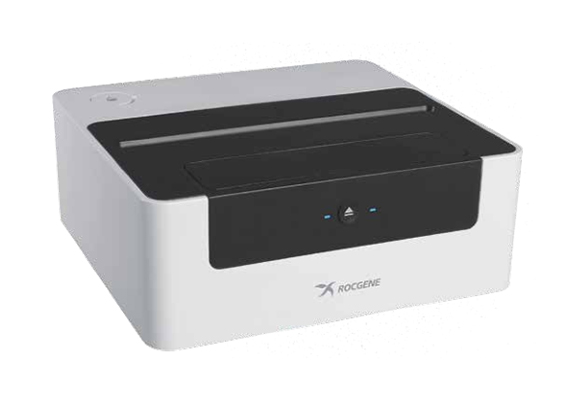
| Product Name | Automatic Nucleic Acid Extraction and Purification Instrument |
| Instruments | ArchiPure 12 |
| Sample Throughput | 1~12 samples |
| Processing Time | 15~60 min |
| Liquid Handling Volume | 20~1000 μL |
| Elution Volume | 30~100 μL |
| Well-to-well differences | CV< 3% |
| Heating temperature range | Room temperature~100C |
| Vibration Blend Mode | Multi-speed adjustable vibration speed, solution volume adaptive vibration amplitude |
| Pollution Control | UV lamp with built-in UV disinfection module |
| Manipulation Mode | Operates through a 7" touch screen, no external tablet required |
| Interface method | USB, TF card |
| Dimensions (WxDxH) | 280x200x290 mm(LxWxH) |
| Weight | 11kg |
| Power | AC 110~240V, 50Hz/60Hz |
| Companion Program | There are multiple built-in programs, which can create, delete, and edit mode programs, without manual optimization and programming, and supporting programs are upgraded for free |
| Supplies | 96 well deep well plate + 12 magnetic rod sleeves |
| Companion reagents | The original kit provides a 96-well plate pre-packed kit |
ArchiPure16 fully automatic nucleic acid extractor is an instrument specially developed for the field of life sciences. It can be used to extract and purify sample nucleic acids using the magnetic bead method. It is easy to operate and can complete the extraction and purification of 16 sample nucleic acids in 10-40 minutes. The operation is simple, the whole process is automated, and no manual intervention is required. ArchiPure16 is an open nucleic acid extraction and purification platform that is compatible with most nucleic acid extraction and purification kits on the market. It has a wider range of uses, can process 16 samples at a time, has flexible extraction volume, high extraction efficiency, and good integrity of extracted nucleic acids.

ArchiPure Kit
Rich variety of extraction reagents

ArchiPure 16
High-performance automated nucleic acid extraction and purification

Archimed mini16
High-precision fluorescence quantitative detection
Recommended use scenarios: testing laboratories with limited experimental space, low sample throughput, and portability and timeliness as the main demands, such as P2/P3 laboratories, small and medium-sized testing laboratories, hospitals below the second level, small hospitals, and pathology departments of health centers.